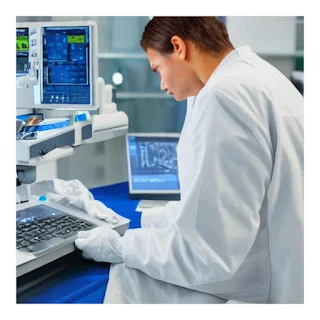Global Oncology Drug Market Analysis 2024

Introduction to Oncology Drugs
Oncology/cancer drugs are medications used to treat cancer, either alone or in combination with other treatments like chemotherapy, radiation therapy, and surgery. These drugs work by inhibiting cancer cell growth and spread through various mechanisms, including targeting specific molecules or boosting the immune system.
Market Size and Growth
The global oncology drugs market was valued at $107.9 billion in 2016 and is projected to reach $147.3 billion by 2023, growing at a CAGR of 4.2%. The market is segmented by drug type (chemotherapy, targeted therapies, immunotherapies), indication (breast, lung, prostate cancer), and region.
Key Market Drivers
- Increasing global cancer prevalence (9.6 million deaths in 2018)
- Advances in targeted therapies and immunotherapies
- Growing demand for personalized medicine
- Government funding and initiatives
Market Challenges
- High development and treatment costs
- Limited access in developing countries
- Stringent regulatory requirements
- Intellectual property complexities
Emerging Opportunities
- Expansion in Latin America, Asia, and Africa markets
- Development of novel targeted therapies
- Strategic partnerships in R&D
- Increased investment in immunotherapy research
Competitive Landscape
Major players include Roche, Novartis, Pfizer, AstraZeneca, and Merck. The market is highly competitive with companies differentiating through treatment efficacy, safety profiles, and pricing strategies.
Future Outlook
The oncology drugs market is projected to reach $147 billion by 2024, growing at 7.1% CAGR. Growth will be driven by therapeutic advances, increasing cancer prevalence, and demand for personalized treatments, though cost and access challenges remain.

No comments:
Post a Comment